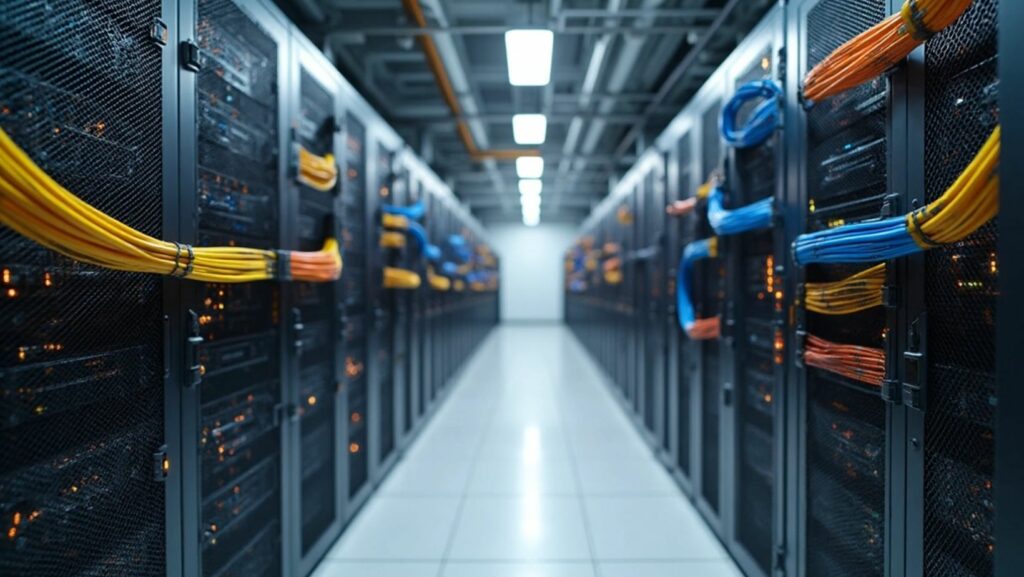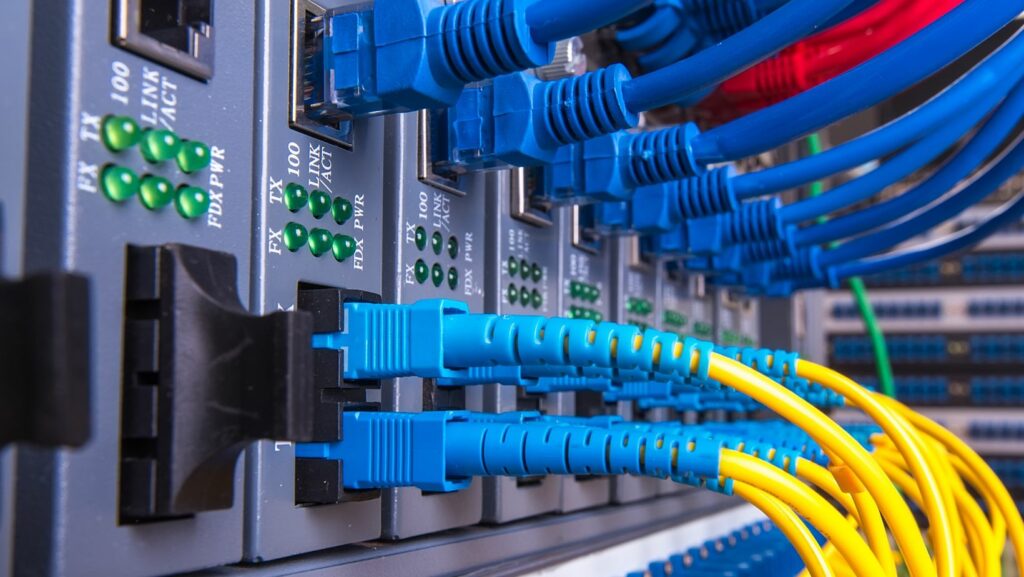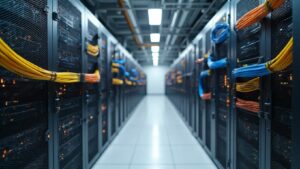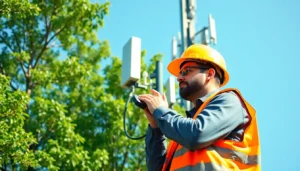
Structured cabling forms the base of today’s building systems. It connects digital networks. The cabling world has transformed from its late 19th-century origins. Now, it handles high-speed data flow to support cloud services, VoIP calls, and video meetings. In our opinion, this organized method of networking changes how businesses operate.
A structured cabling system offers a steady way to transfer data between systems, unlike quick fixes that tend to fall short. Smart buildings rely on solid, reliable networks that work at high speeds. While the initial investment might seem steep compared to temporary fixes, it cuts costs by needing less upkeep, causing fewer network problems, and avoiding redoing work.
This article talks about why structured cabling plays a key role in making modern buildings efficient.
What Is Structured Cabling And Why It’s Important Today
The digital age needs a clear and organized way to link network devices using structured cabling. This method speeds up and simplifies data transfer while keeping it reliable. Unlike regular wiring, structured cabling builds a dependable setup that works for many hardware needs now and later.
Structured cabling uses smaller, organized parts known as subsystems. Instead of messy and confusing connections, this layered setup turns everything into a neat and understandable network. In 2025, businesses still depend a lot on structured cabling, even with big steps forward in wireless technology.
It ensures stable performance when companies run apps that need a lot of bandwidth, like online platforms that provide casino free spins, VoIP, video calls, cloud tools, or crunching data. Although Wi-Fi has gotten much better, it cannot yet match the steady speed and low delay that wired setups bring when there are heaps of users or gadgets connected.
Organizations looking ahead see how structured cabling offers great flexibility. A carefully made cabling system allows businesses to add or change network parts as they grow or adopt new technology. This kind of flexibility makes it vital for success in modern buildings in 2025 and the years after.
Major Advantages To Run Smart Facilities And Data Centers
Modern facilities rely on infrastructure that brings clear benefits across various operations. Structured cabling systems serve as a solid foundation and go far beyond offering just basic connectivity.
Scalability And Flexibility To Grow
The way structured cabling is built makes it flexible to match changing business needs. This setup lets organizations modify or expand their infrastructure to meet new needs without needing a complete overhaul. It makes it possible for businesses to launch new services and embrace modern technologies, giving them a competitive advantage. When facilities grow, structured cabling simplifies the process of connecting additional devices. It can handle higher bandwidth demands while keeping operations running.
Boosted Network Speed And Performance
Well-organized cabling helps data move faster without much lag. These systems improve network speed by using uniform parts and placing cables in the best way to cut down on interference. A good cabling setup makes data transfers quicker and keeps connections stable. Fiber optic cables with extra bandwidth allow for fast load times. This dependable performance becomes essential for tasks that require steady, nonstop data.
Easier To Maintain And Fix
IT teams can find specific connections and figure out problems faster when cables are organized and labeled. A designed structured cabling system allows quick detection and resolution of issues. This allows businesses to reduce downtime and cut their support expenses.

IT downtime has an annual cost of millions for companies. Technical problems can cause hourly losses from $4,000 and up to several hundred thousand dollars.
Long-Term Cost Savings
Installing a structured cabling system may seem as a big investment at first, but it helps cut costs later. The setup minimizes repair needs and decreases the money required to update infrastructure. It also boosts energy efficiency by helping cooling systems perform more. By preventing network delays and ensuring system stability, this method lowers operating costs. These advantages give innovative businesses solid returns on their investments.
Supporting Smart Cities and IoT Devices
Structured cabling works as the core system behind smart city tech. It allows different parts to share data. This setup powers systems like traffic control, energy grids, and public safety tools. The cable broadband network gives great access points to IoT devices. Over 1.5 million miles of Hybrid Fiber Coaxial exist worldwide, acting as hubs to gather and route sensor data. This network forms a solid base for countless IoT sensors in many uses, offering secure and steady communication.
Trends in Future Structured Cabling Solutions
Structured cabling technologies are driving big changes in network infrastructure capabilities. Fiber optic cables now set the standard in the industry. PoE technology lets a single cable handle both data transmission and power delivery. Devices like security cameras and IoT sensors rely on this. Meanwhile, smart buildings benefit from easier setups and cost savings because of it.
Modern companies now also rely on AI tools to gather information that tracks systems and forecasts when maintenance is needed. Progressive companies are also moving toward Cat 8 cables to handle speeds reaching 40 Gbps. Compact cabling setups help fit more cables into tight spaces without wasting room. This strong network structure will stay reliable until 2028 to 2032.








